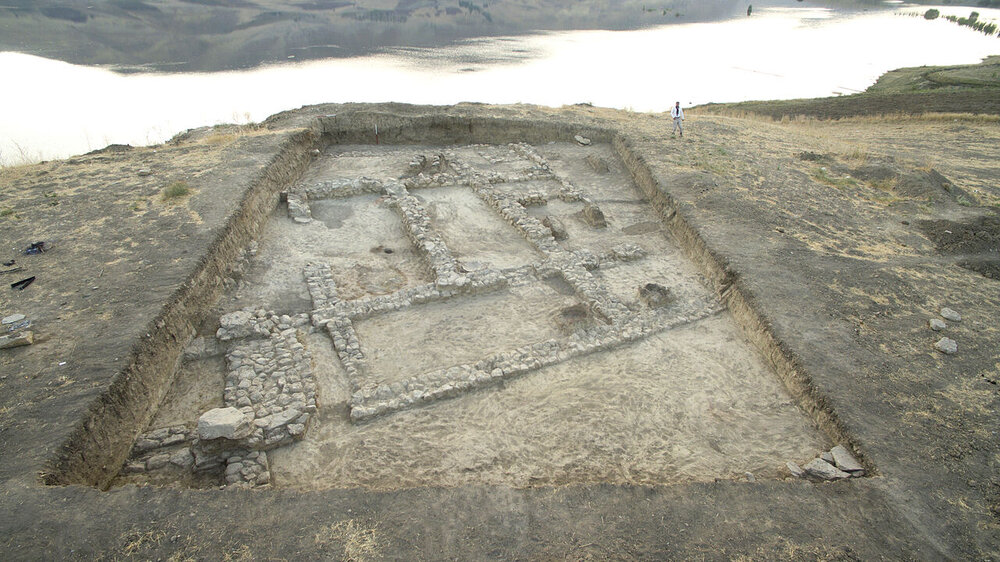Islamic-era graves, skeletons unearthed in northwestern Iran

TEHRAN – A number of graves and human skeletons have recently been discovered by a team of archaeologists during archeological excavations in the city of Piranshahr in the northwestern province of West Azarbaijan.
Based on the burial method, the right side of the face to the west, and head to the south, the tombs should date from the Islamic times, IRNA quoted Afrasyab Geravand, who led the project saying on Monday.
The graves were discovered in a Parthian-era (247 BC – 224 CE) site, which apparently was a place to live before used as a cemetery in the Islamic era, he added.
Back in September, provincial tourism chief Jalil Jabbari announced that new rounds of archeological excavations had been commenced on 10 historical sites around Zab River in Piranshahr, which aims at identifying, protecting, and preserving the city’s ancient and historical monuments and hills as well as exploring and studying previously discovered sites.
The oldest remains discovered in the area show that the region was inhabited in prehistoric times, and the history of human h presence in the region dates back to about 30,000 years ago.
Many cultures treat dead people's placement appropriately to be a sign of respect, even when burial is impossible. According to archaeologists, burials may be placed in several different positions. Bodies with the arms crossed date back to ancient cultures such as Chaldea in the 10th century BC, where the "X" symbolized their sky god. Later ancient Egyptian gods and royalty, from approximately 3500 BC, are shown with crossed arms, such as the god Osiris, the Lord of the Dead, or mummified royalty with crossed arms in high and low body positions, depending upon the dynasty. The burial of bodies in the extended position, i.e., lying flat with arms and legs straight, or with the arms folded upon the chest, and with the eyes and mouth closed.
Extended burials may be supine (lying on the back) or prone (lying on the front). However, in some cultures, being buried face down shows marked disrespect like in the case of the Sioux. Other ritual practices place the body flexed with the legs bent or crouched with the legs folded up to the chest. Warriors in some ancient societies were buried in an upright position. In Islam, the body is placed in a supine position, hands along the sides, and the head is turned to its right with the face towards the Qibla.
West Azarbaijan embraces various lush natural sceneries, cultural heritage sites, and museums, including the UNESCO sites of Takht-e Soleyman and Qareh Klise (St. Thaddeus Monastery), Teppe Hasanlu, and the ruined Bastam Citadel.
The region has been the seat of several ancient civilizations. It formed part of Urartu and later of Media. In the 4th century BC, it was conquered by Alexander the Great and was named Atropatene after one of Alexander’s generals, Atropates, who established a small kingdom there. The area returned to the Persian (Iranian) rule under the Sasanians in the 3rd century CE. The Arabs controlled Azerbaijan from the 7th century until Turkish nomads overran it in the 11th century. Thenceforth the inhabitants of the region were Turkish speakers. The Mongols overran the region in the 13th century, and, under the ruler Hulegu, Azarbaijan became the center of a Mongol empire extending from Syria on the west to the Oxus River (now the Amu Darya) on the east.
ABU/MG

Leave a Comment